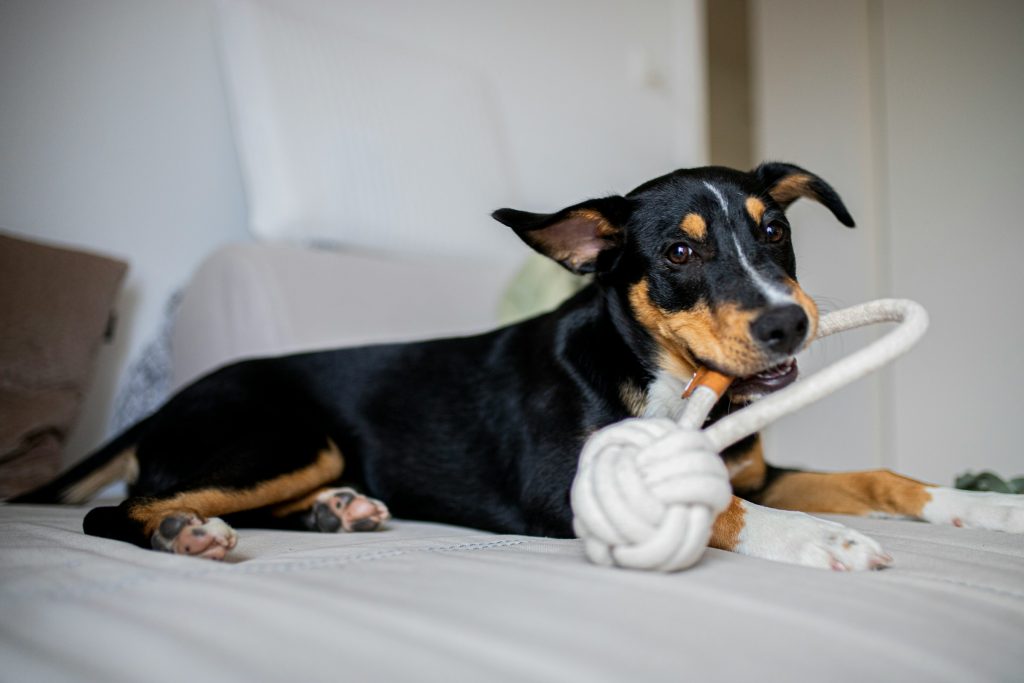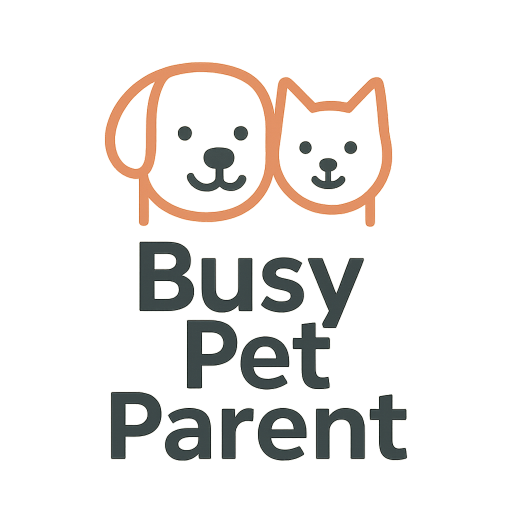
The Ultimate Dog Training Guide for Busy People: Build Better Habits in Minutes a Day
Training your dog doesn’t have to mean hours of repetition, expensive classes, or rigid routines. If you're a busy pet parent juggling work, errands, and family, there’s good news: even just a few focused minutes a day can build better behavior and deepen your bond. This guide will help you create realistic, effective training habits—even if you're short on time.
1. Quick Wins: Sit and Stay in 5 Minutes
Start with the basics. “Sit” and “Stay” are the easiest to teach and most useful in real life. Use small treats and short sessions—just 5 minutes a day makes a difference. Consistency matters more than duration.
2. Mealtime = Training Time
Don’t miss the opportunity to train while feeding. Ask for a “sit” or “wait” before placing the bowl down. It reinforces polite behavior and builds impulse control using a reward they already want—dinner!
3. Leash Manners on Short Walks
Even a 10-minute walk is a training opportunity. If your dog pulls, stop walking. When the leash slackens, continue. You’re teaching that pulling gets them nowhere—but calm walking moves the adventure forward.
4. Teach “Touch” for Instant Focus
Touch (having your dog touch their nose to your hand) is a great way to redirect energy and build focus. It takes seconds to teach and works as a reset when your dog gets distracted or overwhelmed.
5. Commercial Break Training
Watching TV? Use the commercial breaks for mini training bursts. Practice “down,” “wait,” or simple tricks in short spurts while still relaxing on the couch. Little moments lead to lasting results.
6. Praise More Than You Correct
It’s easy to focus on what your dog does wrong—but training is more effective when you catch them doing something right. Say “yes!” and reward them when they lie calmly, come when called, or ignore distractions.
7. Rotate Treats to Keep It Fresh
Switch up training treats to keep your dog engaged. Use high-value options (chicken, cheese) for challenging commands, and save low-calorie ones for easier tasks. A variety keeps motivation high.
8. Keep Commands Short and Sweet
Busy people need fast results—and so do dogs. Use single-word cues like “sit,” “stay,” or “leave it.” Avoid over-explaining or nagging. Clear, consistent words help your dog respond faster.
9. Train on the Go
Training doesn’t have to happen at home. Ask your dog to “sit” before crossing the street, “stay” when opening your car door, or “down” while waiting in line at the pet store. These real-life reinforcements stick best.
10. Don’t Wait for a Problem to Start Training
Prevention is easier than correction. If your dog hasn’t shown leash reactivity, jumping, or barking—great! Train proactively to keep it that way. Use daily routines as reinforcement.
11. Crate Games: A Mental & Physical Outlet
Use your dog’s crate for more than sleep. Play crate games by tossing treats in and out, rewarding calm behavior, and turning the crate into a safe, rewarding place—not punishment. It builds impulse control, especially helpful for high-energy dogs.
12. Brain Games for Off Days
On those rainy or extra-hectic days, substitute long walks with brain games. Puzzle toys, hide-and-seek with treats, or teaching your dog to “find it” around the house provide excellent mental stimulation. This wears them out without needing a park run.
13. Tiny Routines That Add Up
Dogs thrive on structure. Even a 2-minute morning routine—sit, touch, spin—builds consistency. Link these to daily habits (before coffee, after work). Soon, training becomes part of your rhythm, not something you have to “fit in.”
14. Bonding Time Doubles as Training
Petting, brushing, and calm cuddles can reinforce good behavior. Ask your dog to sit before affection or reward gentle handling. These daily bonding moments become mini training sessions when you link them to cues and manners.
15. The Secret Sauce: Stay Consistent
Busy schedules vary—but consistency doesn’t mean perfection. It means sticking to core rules (e.g., “no jumping,” “wait at door”) and reinforcing them calmly. Even if some days are off, your dog learns what’s expected long-term.
You don’t need to train for hours to have a well-behaved dog. Just a few focused minutes a day can lead to lasting results and a stronger bond. Think of training not as a task—but as a shared language between you and your dog, built over time with patience, love, and tiny moments that add up.
Frequently Asked Questions
How long should I train my dog each day?
Even 5 to 10 minutes a day can be effective. Keep sessions short, positive, and consistent. Many dogs respond better to a few short bursts of training than one long session.
What’s the best time of day to train a dog?
Any time you and your dog are alert and relaxed is great. Mornings before work or evenings before dinner are ideal for many pet parents. Just be consistent.
Can I train my dog without treats?
Yes, but treats are helpful—especially for new skills. Over time, you can phase them out and rely on praise, toys, or real-life rewards like walks or play.
Is it too late to train my adult dog?
Not at all! Dogs of any age can learn. Older dogs may take a bit more time, but they often catch on quickly with the right motivation and patience.
What if I miss a day or two?
That’s okay! Life happens. The key is returning to your routine when you can. Dogs are forgiving and adaptable, especially if training remains a positive experience.

Join the Busy Pet Parent Newsletter!
Get easy routines, time-saving tips, and the latest gear reviews—delivered straight to your inbox.
Perfect for busy pet owners, apartment dwellers, and anyone who wants a happy, healthy companion (without the stress).
Exclusive guides & checklists
Product recommendations & deals
No spam—unsubscribe anytime!




